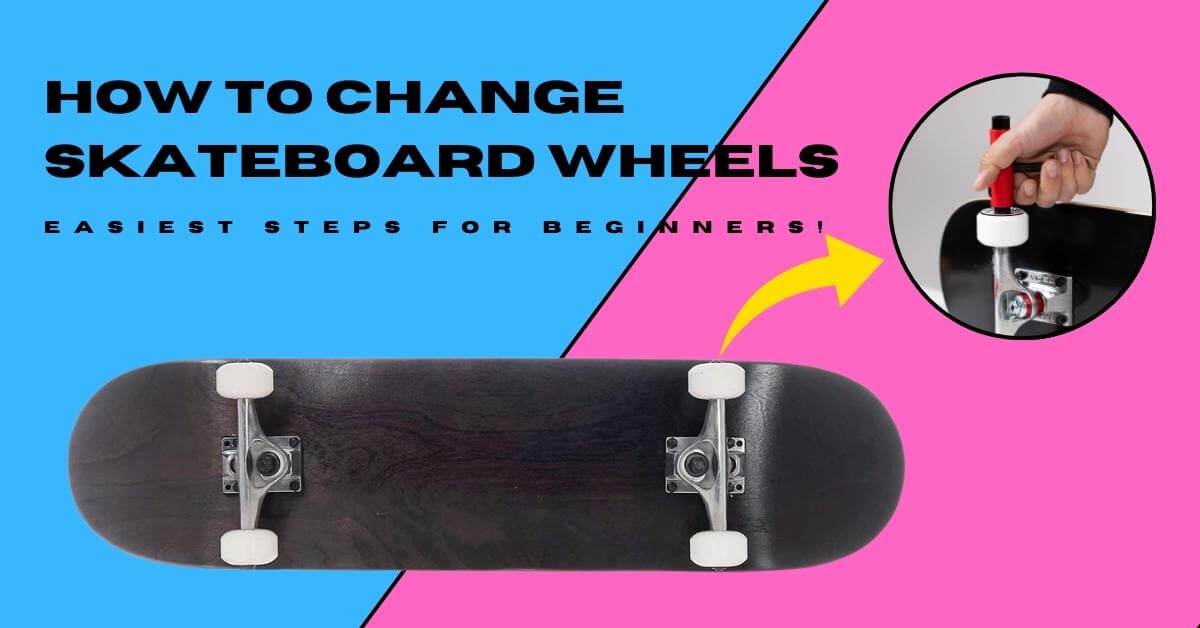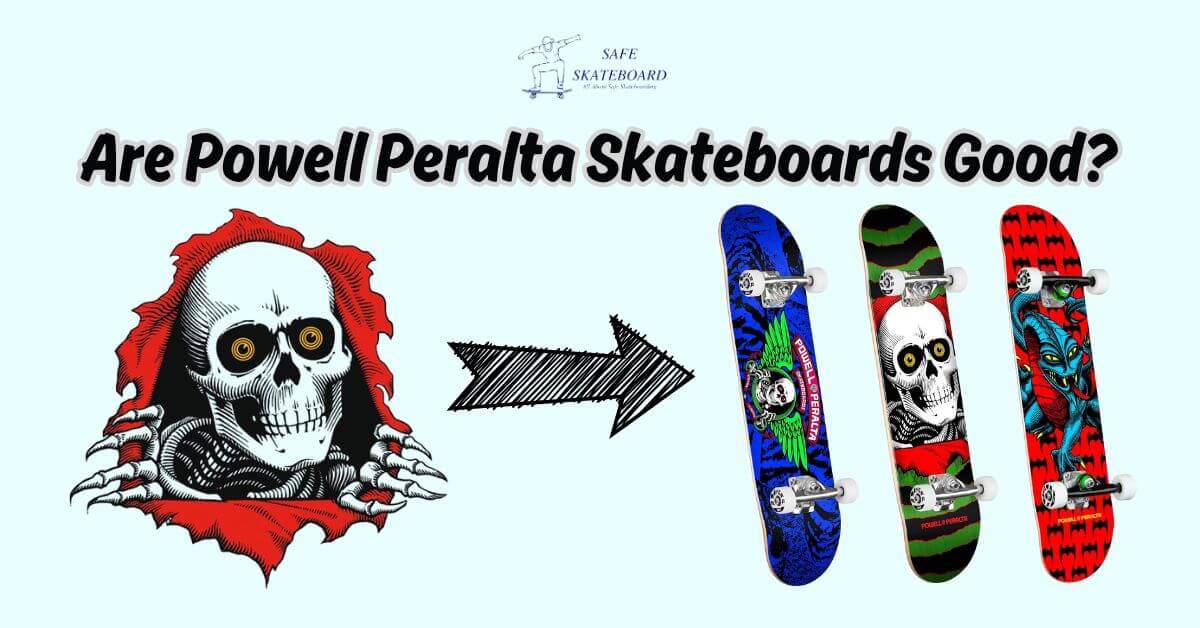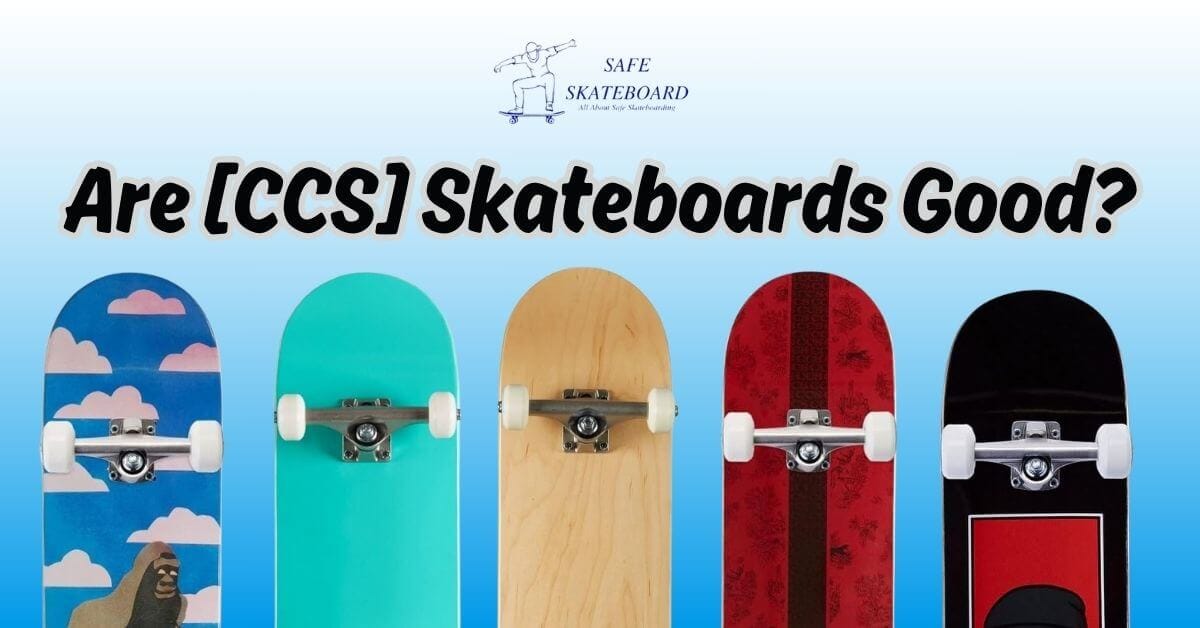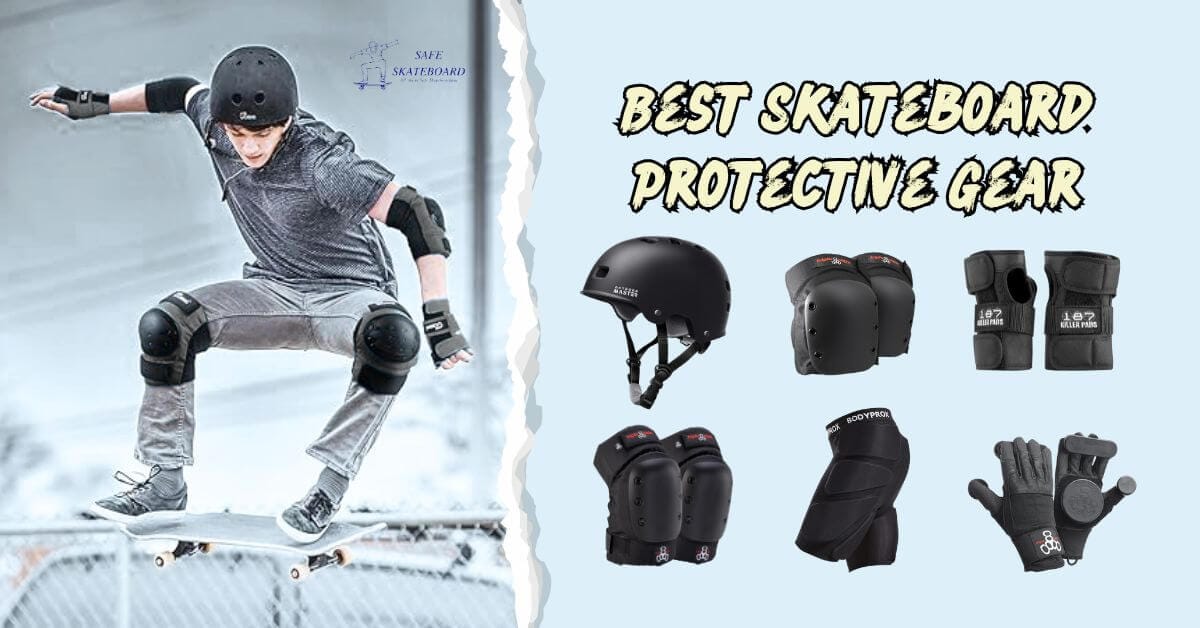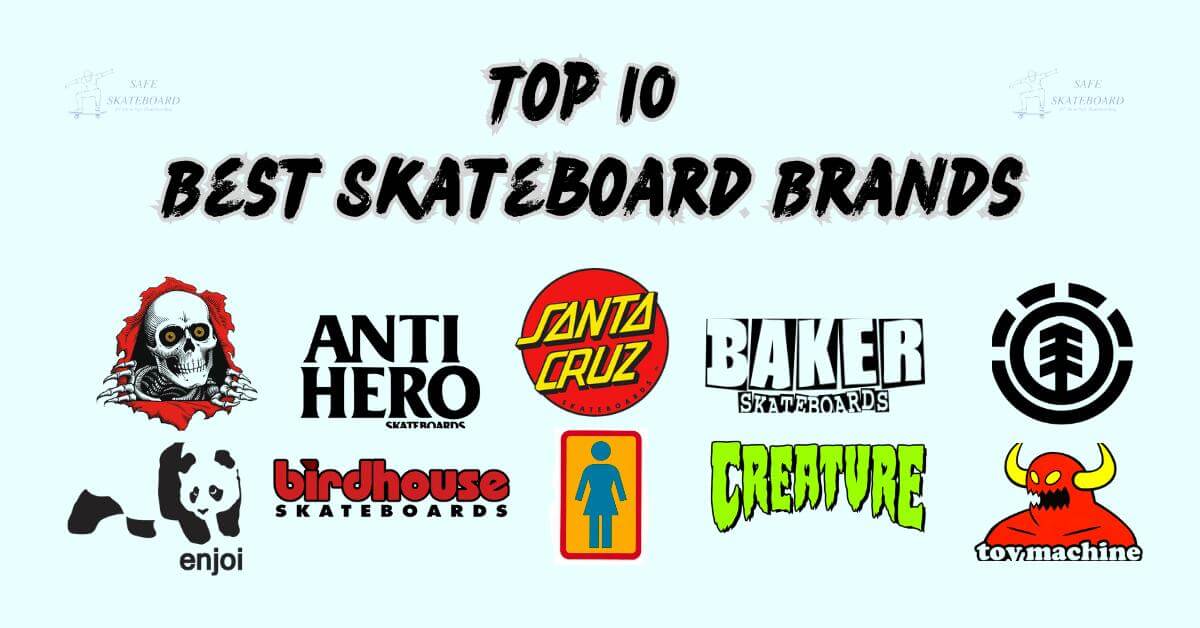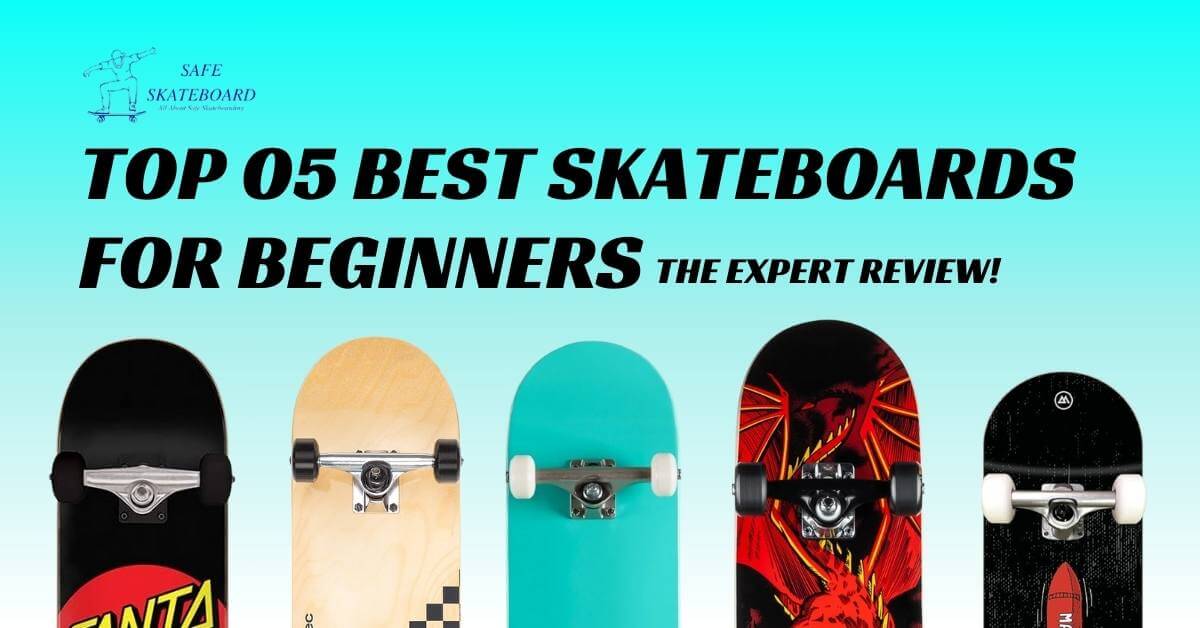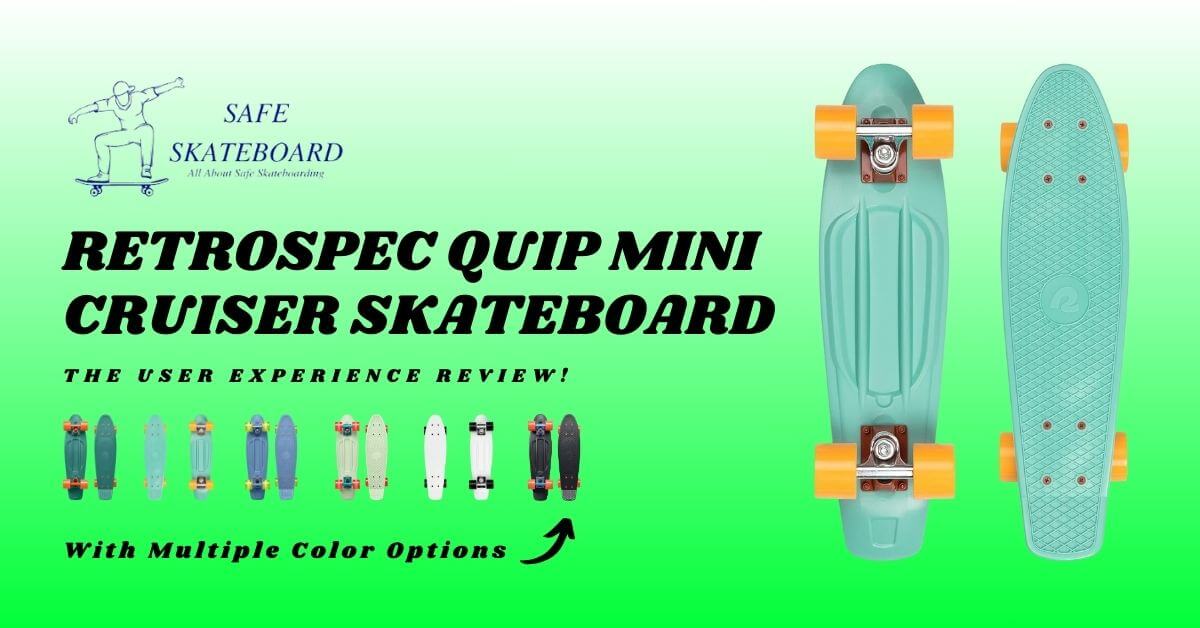Skateboarding is all about smooth rides and sharp tricks, but worn-out wheels can ruin the fun. If your wheels are bumpy, coned, or just not spinning like they used to, it’s time to change your skateboard wheels!
In this beginner-friendly guide, I’ll walk you through how to change skateboard wheels in just six simple steps. With a few tools and a little know-how, you’ll have your board rolling like new in no time.
So, are you ready to replace your skateboard wheels? Then, grab your tools, and let’s get started!
When to Replace Your Skateboard Wheels
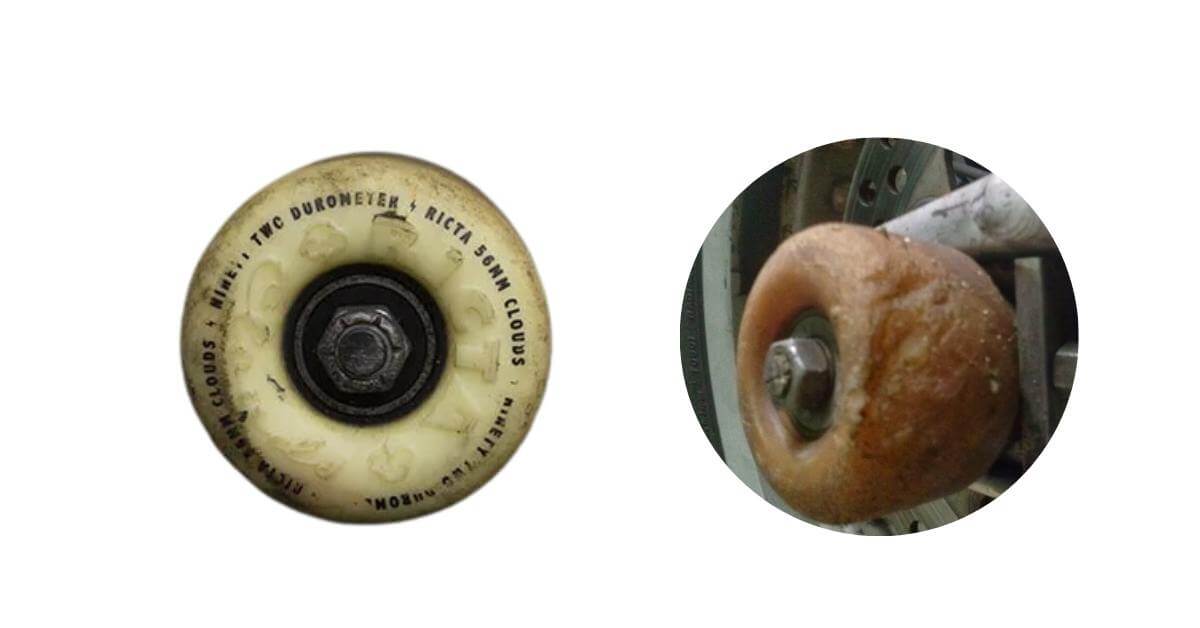
If you’re new to skateboarding, you might not know when to replace your wheels. Don’t worry! It’s easy to figure out. Here are the key signs to look for:
1. Wheels Are Worn Down
Over time, wheels get smaller because of constant use. Smaller wheels make your skateboard slower and harder to control. If your wheels look much smaller than when you first got them, it’s time for new ones.
2. Flat Spots
Flat spots happen when one part of the wheel gets worn down more than the rest. This usually happens if you do lots of powerslides or ride on rough surfaces. Flat spots make your board feel bumpy and less smooth when you ride.
3. Wheels Are Damaged
Check your wheels for cracks, splits, or tears in the material. Damaged wheels can break while you’re skating, which can be dangerous.
4. The Wheels Are Shaped Weirdly
Sometimes, wheels wear unevenly and become cone-shaped. This is called “coning.” Coned wheels can make your board harder to control.
If you see any of these signs, it’s time to grab a new set of wheels. Don’t forget to check your bearings too, they might need a replacement as well!
What Material You’ll Need?
- Skate Tool or Wrench: An all-in-one tool for axle nuts and bolts.
- New Wheels: Choose wheels based on your riding style.
- Bearing Removal Tool (optional): Facilitates safe bearing removal without damage.
- Tray or Small Container: Store small parts to prevent loss during assembly.
06 Easy Steps to Change Your Skateboard Wheels
Switching your wheels might seem tricky, but it’s actually simple. Here’s a step-by-step breakdown:
Step 01: Remove the Old Wheels
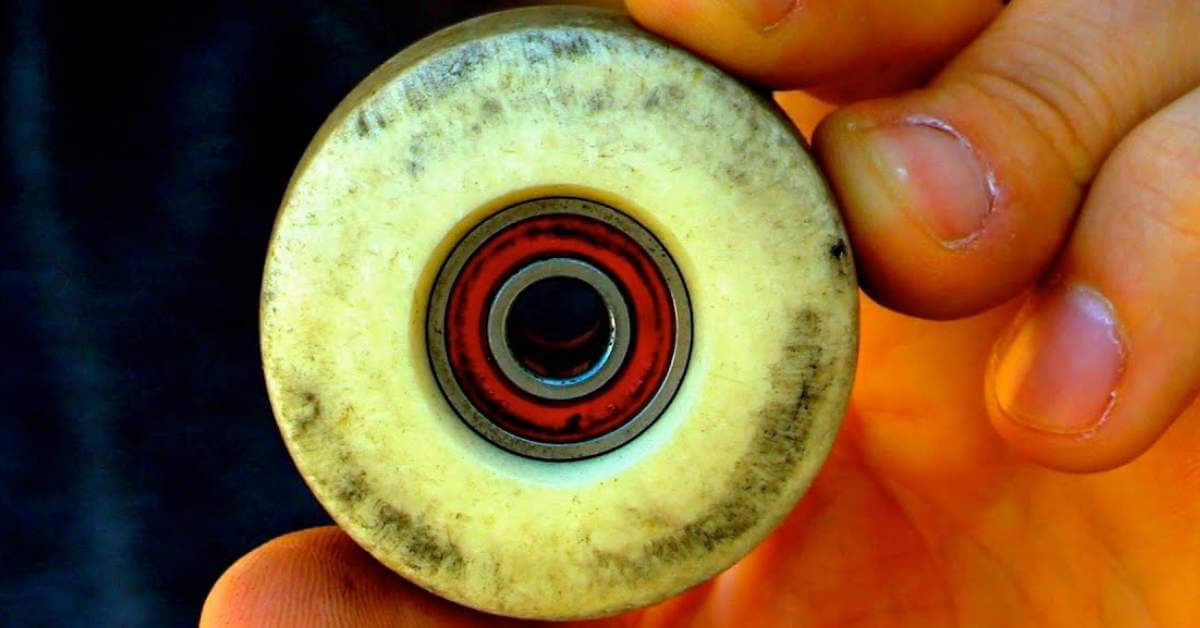
First of all, you need to grab your skate tool or a wrench. Use it to loosen the axle nuts by turning them counterclockwise. Once the nuts are off, you can slide the wheels off the axles.
Keep track of the speed washers (small metal washers on either side of the wheel). Store them safely to reuse when mounting the new wheels.
Step 02: Take Out the Bearings From Old Wheels
Secondly, you’ll need to remove the bearings from your old wheels. Bearings are the small round components inside your wheels that make them spin.
Place the wheel halfway onto the truck axle. Gently tilt the wheel outward and pull. The axle will pop the bearing out. Repeat for the other side.
Repeat this process for the other side of the wheel. Some setups include spacers between bearings. Keep these handy if you plan to reuse them. If the bearings are old or damaged, this is the perfect time to replace them.
Step 03: Prepare the New Wheels
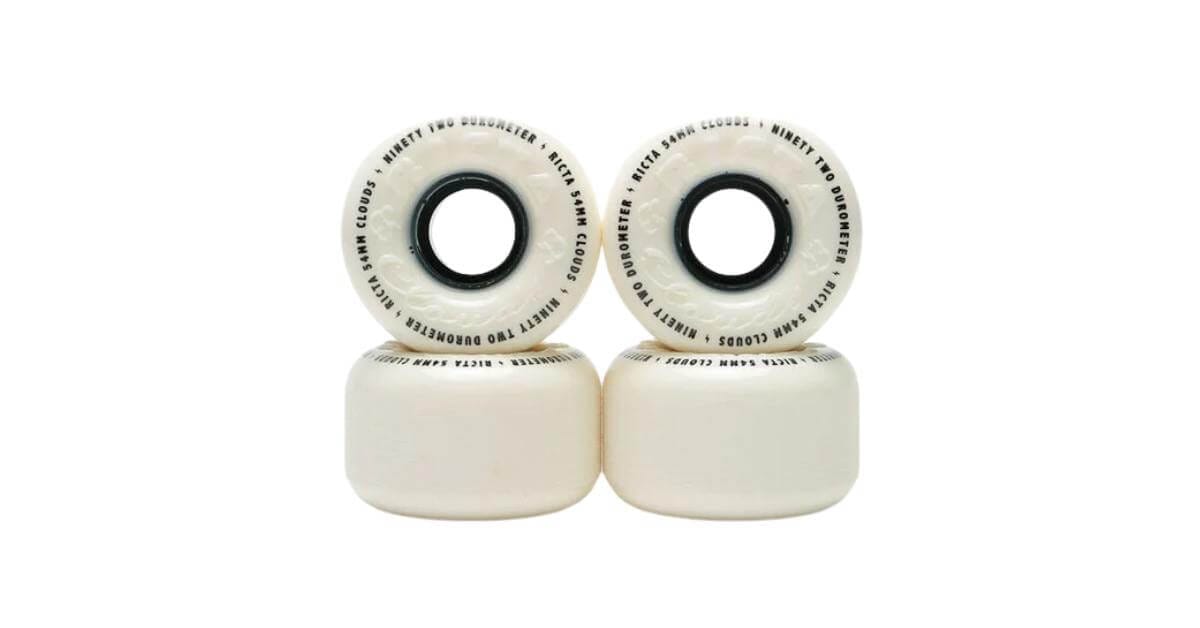
Then, it’s time to get your new wheels ready. Check them for any defects, like cracks or dirt inside the bearing seat. If everything looks good, move on to your bearings.
If you’re reusing your old bearings, give them a good cleaning with a bearing cleaning kit. This step ensures they spin smoothly and last longer.
Step 04: Install the Bearings on New Wheels
Now, it’s time to fit the bearings into the new wheels. Slide a bearing onto the truck axle. Press the new wheel onto the bearing until it’s fully seated. Flip the wheel over and repeat for the second bearing.
Make sure the bearings are snugly fitted for smooth spinning.
Step 05: Attach the New Wheels on Your Skateboard
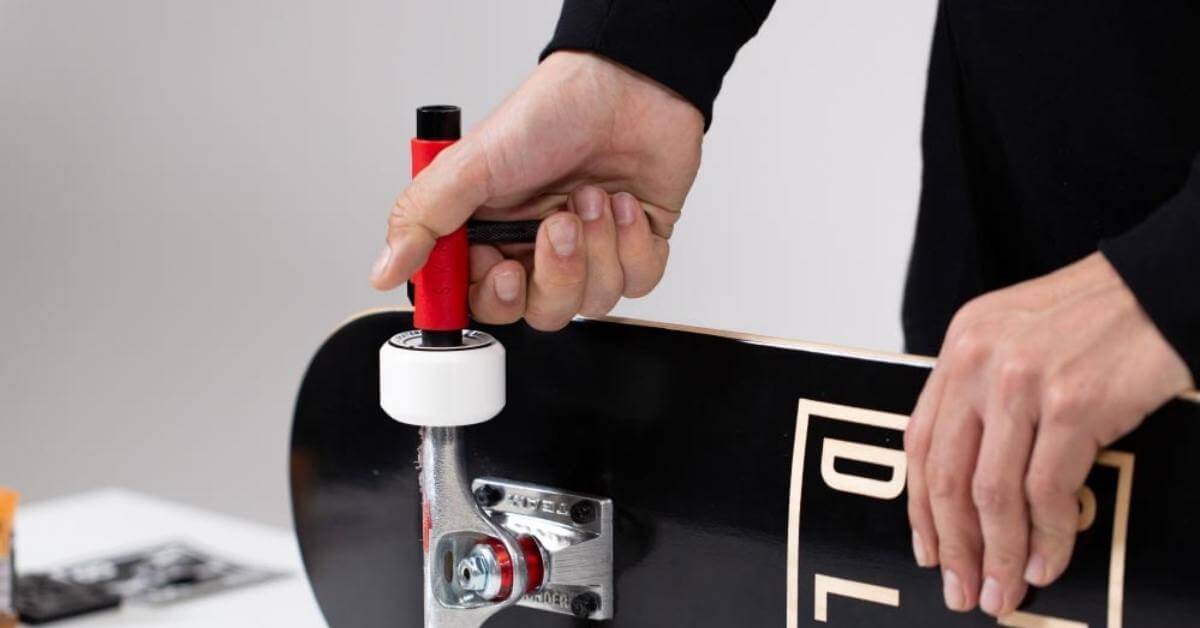
Finally, you need to mount the new wheels onto your skateboard. Slide the wheel (with bearings installed) onto the truck axle. Pay attention to the orientation—if your wheels have graphics, make sure the design faces outward.
Once the wheel is in place, thread the axle nut back on. Tighten it using your skate tool, but don’t over-tighten. The wheel should spin freely without wobbling. Repeat this process for all four wheels.
Step 06: Test Your Setup
Before hitting the streets, you should test your board. Spin each wheel to make sure they move smoothly. Check for any wobbling or unusual noises. If something feels off, adjust the axle nuts or inspect the bearings again.
This final step ensures your board is secure and ready for action. Once everything looks good, you’re all set to enjoy your fresh wheels!
Extra Bonus: Maintenance Tips
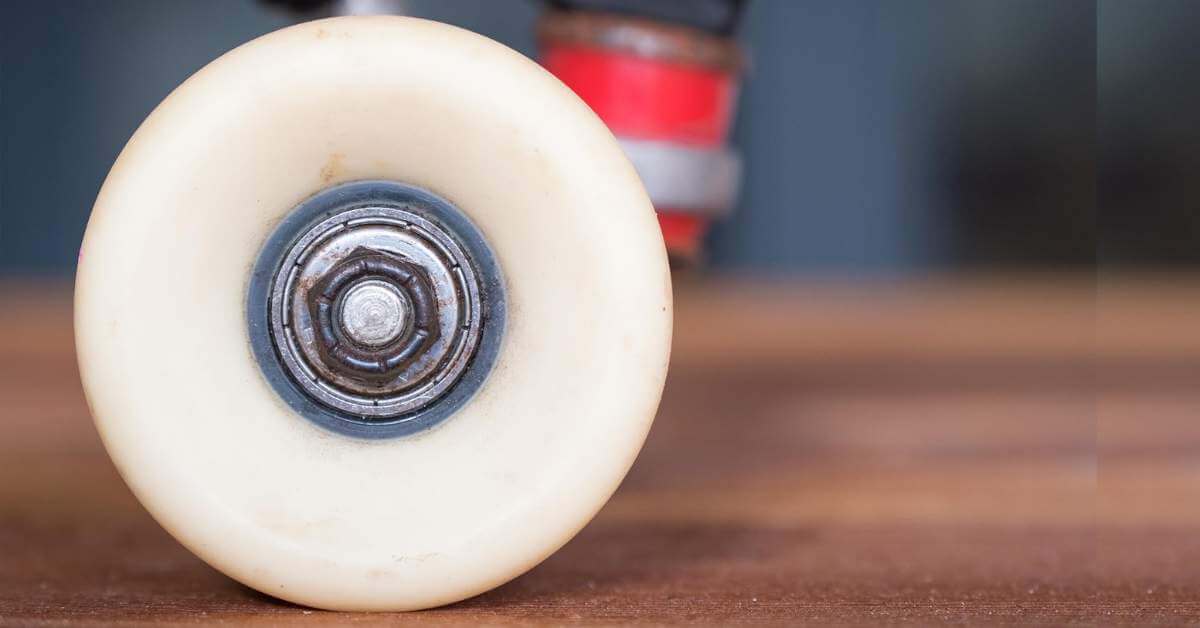
Proper care can extend the life of your wheels and bearings. Here are a few tips:
- Rotate Your Wheels: Switch the position of your front and back wheels every few months. This prevents uneven wear (known as coning) and ensures a longer lifespan.
- Fix Flat Spots: If you notice flat spots, you can try the powerslides on rough pavement to grind them down. This helps smooth out the shape and restores a better ride.
- Clean Your Wheels: Always keep your skateboard wheels clean. It is the key to maintaining a smooth ride. First, use a paper towel or cloth to wipe away dirt and debris from the wheels’ surface. For bearings, invest in a cleaning kit to clear out debris and keep them spinning smoothly.
Frequently Asked Questions (FAQs) To Change Skateboard Wheels
How often should I change skateboard wheels?
It depends on your riding style and the surfaces you skate on. If you ride daily or do a lot of tricks, you may need to replace your skateboard wheels every few months. Casual skaters might go a year or more.
Can I reuse my old bearings?
Yes, if they’re in good condition. Then, you should clean your skateboard bearings before reinstalling. However, if they’re rusty or damaged, it’s best to replace them.
What size wheels are best for street skating?
Street skaters typically prefer smaller wheels (52-54mm) for better control during tricks. Larger wheels are better for cruising or rough terrain.
Final Words
Knowing how to change skateboard wheels is a must for any skater. It’s a simple process that keeps your board performing at its best. Pay attention to the signs of wear, follow the steps outlined here, and take care of your wheels with regular maintenance.
Now that you’ve got the know-how, grab your tools and make the switch! Fresh wheels mean a smoother, faster, and more enjoyable ride. Happy skating!
